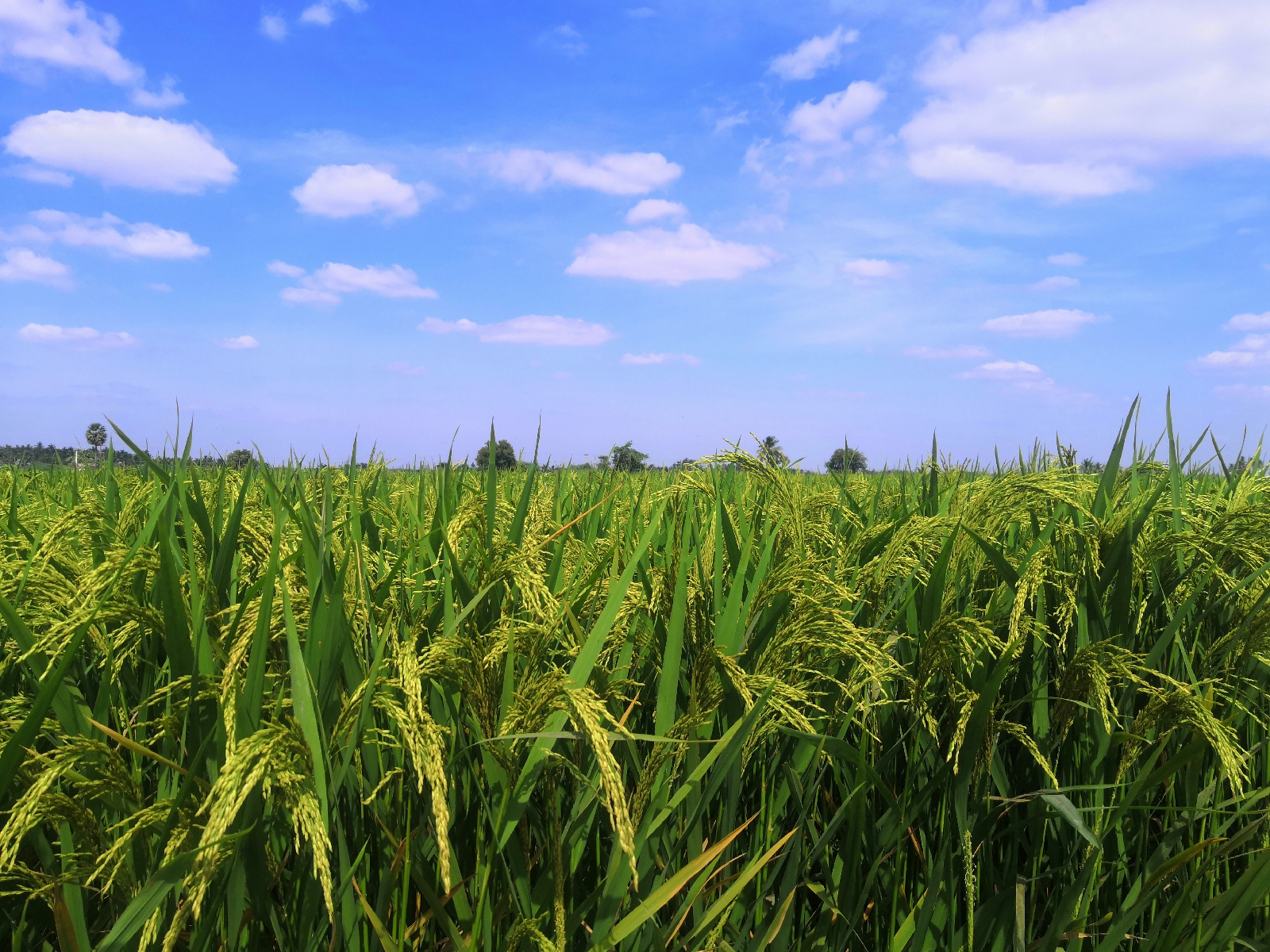Ethiopian highlands and Indian monsoon!
Ethiopian highlands and Indian monsoon!
-S.Muthukumar 10.08.2020
The title itself is meaningless, isn't it? What do you think? Is it about tying the knot for the bald head and knee? That’s how I first thought when I read this. Then I found out there is a chance to tie the knot. What I have read, I am sharing you.
In India, rainfall is caused by two monsoons. The first is the southwest monsoon, which brings rain to the most parts of India, and the second is the northeast monsoon, which brings rain to Tamil Nadu, Andhra Pradesh and Kerala, located at the southern tip of the Indian peninsula. Of these, the southwest monsoon has the potential to determine India's economy. SWM is so important, not like the northeast monsoon only affects Tamil Nadu on a large scale. Well, let’s leave it that. We'll travel along the southwest monsoon winds.
South West Monsoon :
It is also known as the Summer Monsoon of India. Summer monsoon is the name given to the northern hemisphere, which experiences late summer and lasts from late May to September. We all read in school in the social sciences lesson why the monsoon winds are forming. So what, let us say it once again. Beginning in March, the northern hemisphere starts to heat up gradually, especially in the northern part of the Indian subcontinent. Such high temperatures reduce wind pressure over the area resulting a low pressure region. Conversely, the southern hemisphere will experience the high pressure region in Australia and the Indian Ocean. You know, The wind always blows from the high pressure region to the low. So, the wind starts its journey from the Australian and South Indian Oceans to the Indian subcontinent. During onset it reaches the faraway land like Andamans first in late May, will gradually progress and then split into two sections, with one section extending to Kerala's west coast Gujarat, the other to Sri Lanka, then northeastern states, Bengal and Central India, eventually merging in Rajasthan. This is nothing new. You may ask, where in this I am giving the link to the Ethiopian mountain.
As mentioned earlier, monsoon winds (jet winds) from Australia and the Indian Ocean do not blow in a southwesterly direction. Actually, It comes from the South East. If the wind does not change its direction, it will go straight to Somalia, Ethiopia and the Arabian Peninsula. But how does it get to India? Bit confused? Look at the picture below.
 |
Change in the direction of the southwest monsoon winds |
When the wind from the southeast crosses the equator, it changes its direction upto 90 degrees and starts blowing from the southwest. What is the reason for this 90 degree change of direction? That's the equator. Wind circulation in north and south of the equator will be in opposite directions. That is, if a typhoon/cyclone rotates counterclockwise in the northern hemisphere, it will rotate clockwise in the southern hemisphere. How does the southwest monsoon get strengthen along with its direction change near the equator? The answer is, Somali Jet. It has long been believed that this low-altitude wind is the driving force behind the southwest monsoon.
Well, what is it, Somali jet?!
Abyssinian Highlands / Ethiopian Highlands in Ethiopia, rising above 4,000-4500 meters, on horned terrain in eastern Africa (Horn of Africa). Desert land is extending on either side of these mountains. The expanding air due to the prevailing heat there, creates a lower level jet. This is called the Somali jet. This Somali jet provides a propulsion as the southwest monsoon passes over the equator. The sub tropical westerly winds, which also give momentum to south west monsoon winds.
 |
Somali Jet |
Let’s look at a simple practical example. Consider our Western Ghats. Assume that it has an average height of 1500 meters. The Western Ghats, which are so low, do not let the rain on the leeward side. The ghats makes the area as Rain shadow region. Now, look at the height of the Ethiopian mountains. They stand upto an altitude of 4000 to 4,500 meters above MSL. Mountains of this height are capable of blocking and diverting low-level jet winds. Although the natural earth rotation is a factor in the change of wind direction, this natural barrier strengthens it. Due to this the monsoon fetch the water from the oceans and pours down over Indian mainland. Understand now, why does the monsoon winds turn 90 degrees!
 |
Impact of Abyssinian highland/Ethiopian Highlands on monsoon |
What will happen if these mountains are removed and the Somali jet got disappeared?
It is believed that the southwest monsoon will change direction from the actual path. Due to the lack of Somali jets to blow from the southwest, the wind will start blowing crosswise on the Indian subcontinent confluencing with the Westerlies. The monsoon, which is expected to bring rain across the Indian subcontinent, turns out to bring rain only to the west coast, northeastern states and Myanmar. Half of the Indian subcontinent will be pushed into the grip of drought. All that is being said here is the prediction given by computer simulation models.
Changing Predictions:
But the things predicted by the recent models are different. They say the impact of the southwest monsoon will not change even if the Ethiopian mountains are removed. The southwest monsoon is expected to intensify and provide additional rainfall. Touch the image below to enlarge and see what the new models are saying.
 |
| a) Normal state b) Without African Orography |
Whatever the case may be, there is a connection between the Ethiopian mountains and the Indian monsoon. All the data available to us is obtained through computer simulation. We can't really clear the mountains and test. These connections should be further explored and the factors affecting the Indian monsoon should be fully revealed. Whatever factors we can control, we must control them and keep the monsoon winds alive.
For further reading:
^1 https://www.pmfias.com/indian-monsoons-tropical-easterly-jet-tibet-somali-jet-indian-ocean-dipole/



Comments
Post a Comment